Missiles, lasers and electronic warfare: the next stage in the development of military air defense
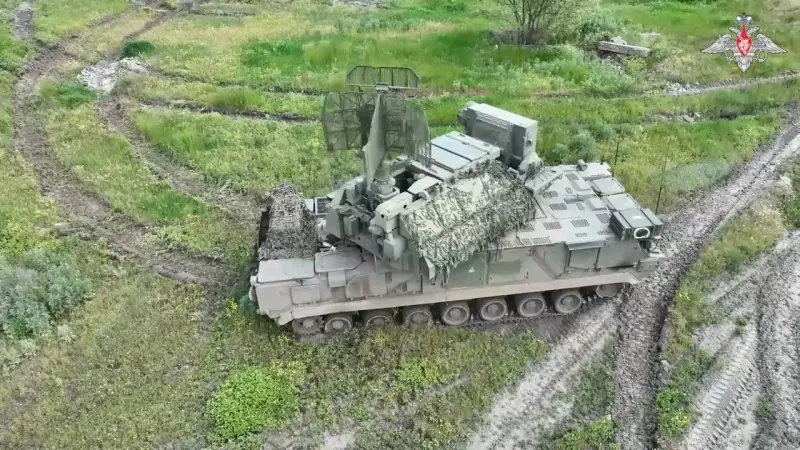
Modern air defense system "Tor" in a firing position
The Russian Ministry of Defense is studying and working on issues of further development of air defense and the creation of next-generation anti-aircraft systems. Taking into account the experience of recent years, including the current Special Operation to protect Donbass, it is proposed to equip promising anti-aircraft systems for military air defense with both conventional guns and missiles, and other types of weapons.
New requirements
The plans of the Ministry of Defense in the context of the further development of air defense were reported on January 10 by the Izvestia publication. From its sources in the department, it learned about preliminary work of a theoretical nature and the adoption of an important document. However, the ministry does not comment on such reports and has not yet disclosed its plans in the context of next-generation military air defense. The industry also does not clarify its intentions of this kind.
According to Izvestia, the Ministry of Defense has developed and approved tactical and technical requirements for anti-aircraft systems that will be developed in the future to arm the ground forces. Work on the creation of such samples may begin in the near future, and at the turn of the twenties and thirties the appearance of experimental equipment and the start of testing are expected.
The new requirements take into account the experience of combat use of various air defense systems in a modern conflict with its characteristic features and threats. In particular, special attention is paid to the detection and interception of unmanned aerial vehicles, incl. small and light models that are particularly difficult targets.
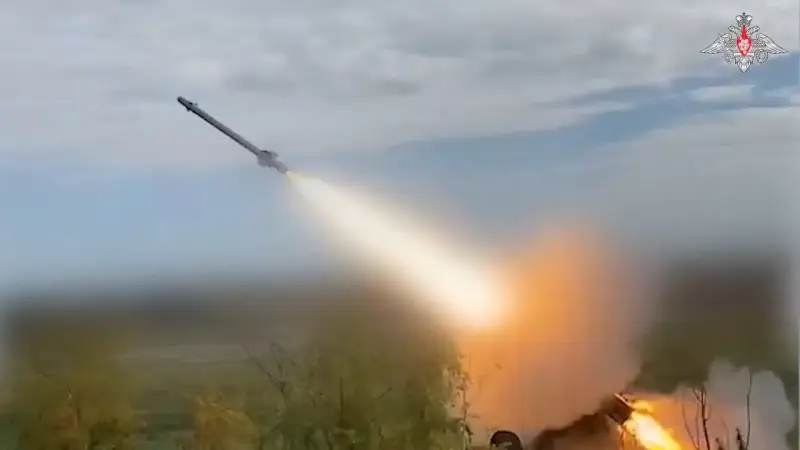
The Strela-10 complex launches a rocket
To combat the full range of expected air targets, it is proposed to revise the composition of anti-aircraft systems. They will be able to retain missiles and guns, and will also receive new weapons. To suppress optics and/or destroy the structure of UAVs, appropriate combat lasers will be developed and deployed. Anti-aircraft systems will also be supplemented with electronic warfare equipment to suppress control channels and navigation signals.
So far we are talking only about the general tactical and technical requirements for promising air defense systems, but over the next few years the development of new projects should begin, and then experimental equipment will appear. The introduction of serial models into the army will begin in the thirties. Izvestia notes that such products will be able to replace almost all currently available air defense systems and air defense missile systems of military air defense.
Threats and answers
All the details of the new tactical and technical requirements for promising anti-aircraft systems are, for obvious reasons, unknown. However, the published data are also of great interest. They reflect the specifics of air defense combat work in a modern conflict. The requirements also show the views of the defense department on ways and means of protection against current threats.
From the published data it follows that the next generation military air defense systems will retain the main features of modern models. Self-propelled chassis will again be used, with the help of which the complexes will be able to accompany troops on the march and in positions. The development of optical and radar detection means will continue.
Prospective complexes will again be equipped with missiles and guns. At the same time, a new generation of weapons with improved characteristics corresponding to the assigned tasks will be developed for them. Weapon traditional classrooms will be complemented by improved management systems.
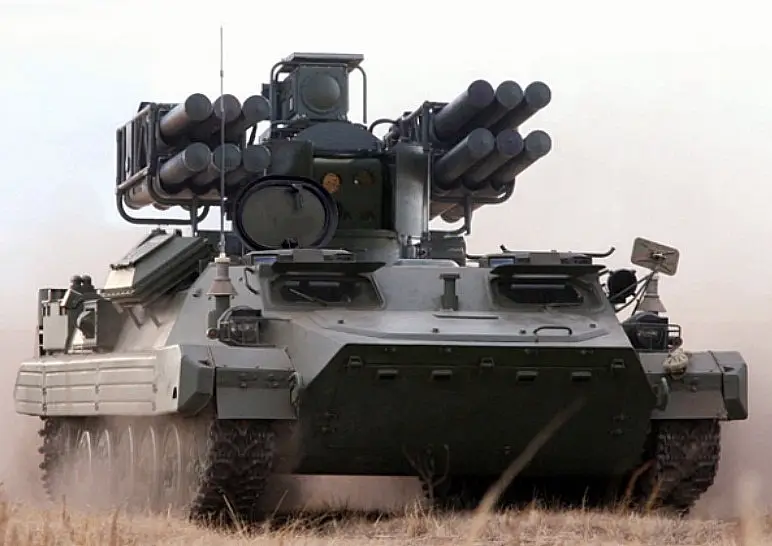
Promising air defense system "Sosna"
It should be noted that the use of anti-aircraft guided missiles is not always justified or advisable. Such a product can be several times or tens of times more expensive than the destroyed UAV, and a massive raid drones capable of overloading air defense and depleting its ammunition. In this regard, various solutions have long been proposed for adapting anti-aircraft systems to repel new threats. Now the main ideas of this kind have found a place in an official document.
The new requirements for military air defense systems note the need to integrate electronic warfare systems. Thanks to this, air defense systems/air defense systems will be able not only to hit air targets, but also to suppress them. This approach to counteraction and defense allows you to protect yourself from aircraft activity, but at the same time save on missiles.
In this context, we should recall a variety of “anti-drone guns” and other electronic warfare systems. Such devices have found wide application in the current Special Operation and make a significant contribution to countering unmanned aviation the adversary.
In addition, new requirements provide for the introduction of combat lasers. This weapon also combines economy and effectiveness. Depending on the installed power and external factors, the laser beam can suppress the optical systems of an airborne target and prevent it from performing its mission, or damage or destroy its structure.
It was previously reported that our country had created an anti-aircraft combat laser complex, and it was even tested in the Special Operation zone. The experience of this project and other similar developments may find application in the next generation of military air defense.
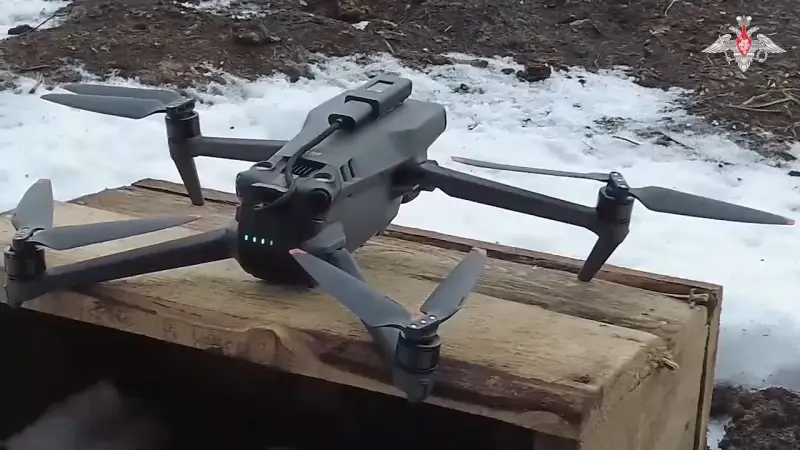
Small UAVs are convenient for solving some tasks and are a difficult target for air defense
Recent ones news generally reveal general ideas and concepts for the further development of air defense of ground forces. However, some nuances of the approved plans still remain unknown. Thus, ideas of a layout nature are of great interest. Damage and suppression weapons can be placed on different platforms, but the possibility of creating a combined air defense system cannot be ruled out. It can simultaneously carry missiles, guns, lasers and an electronic warfare station, or have different combinations of these devices on board. All layout options for such complexes have their pros and cons, and the Ministry of Defense must choose the most successful ones.
Plans for the future
The Ministry of Defense pays great attention to the development of military air defense, and the main plans of this kind for the near and medium term are already known. Now it has become clear how anti-aircraft systems will develop in the distant future. In general, we are talking about a continuous process of renewal, involving the constant modernization of existing models and the development of completely new ones.
At the moment, the priority task of our defense industry is the serial production and repair of existing models of equipment of all main types. First of all, these are complexes of the Thor family, the latest versions of Strela-10, new Buks, etc. Various options for their modernization are also being developed and implemented.
At the same time, completely new projects are being created and carried out through the necessary tests and modifications. In the near future, equipment of these types will have to enter service. The most anticipated new product is the Sosna / Ptitselov air defense system. It is possible that other systems of a similar appearance will appear.
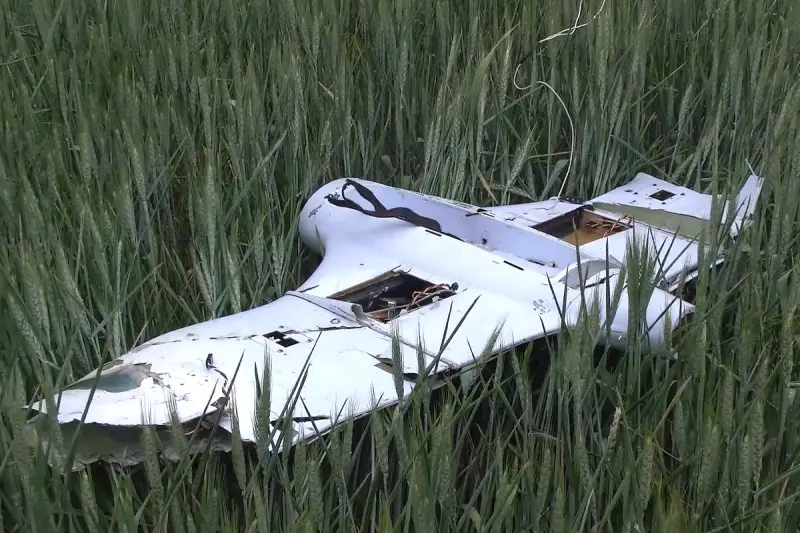
Downed Ukrainian UAV
From the latest news it follows that in the near future the Ministry of Defense and industry may begin developing a completely new generation of military air defense systems, which will be as different as possible from the current one. Based on the results of this work, in the early thirties, combat vehicles with missiles, guns, lasers and jamming stations will be able to enter service.
It is obvious that the transition of military air defense to new equipment will not be quick and will take a lot of time. A complete abandonment of products of the previous generation should be expected no earlier than the first half of the forties. The newly created systems will remain relevant for several more decades - perhaps until the middle of the second half of the century.
Thus, the current theoretical work of the relevant structures of the Ministry of Defense, which recently culminated in the formation and approval of tactical and technical requirements, determines the development of our military air defense for the next few decades. It is obvious that in the future such plans can be adjusted in one way or another, but their main provisions are being laid down right now.
Consistent development
Modernization of existing air defense systems and the development of new projects in our country have long been a continuous process that regularly produces the desired results. Now it has become known that the next samples of new types will appear over the next 8-10 years, and then they will be able to enter service.
The expected new stage in the development of military air defense is of great interest. This time we are talking not only about improving designs and increasing basic tactical and technical characteristics, but also about introducing fundamentally new solutions. Solving such problems will not be easy, but the expected result will fully justify all efforts.
Information